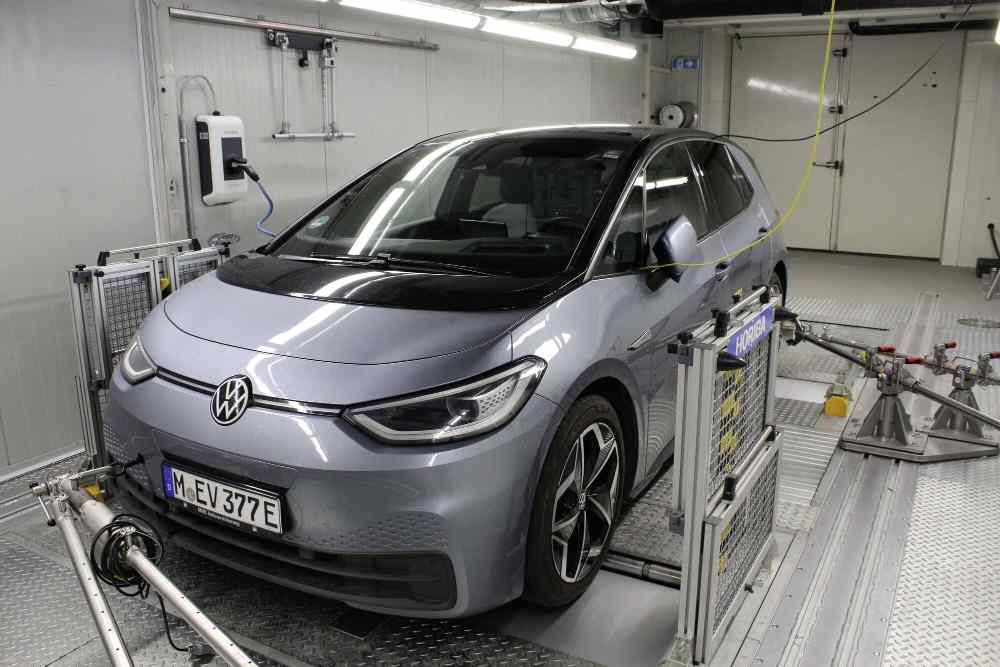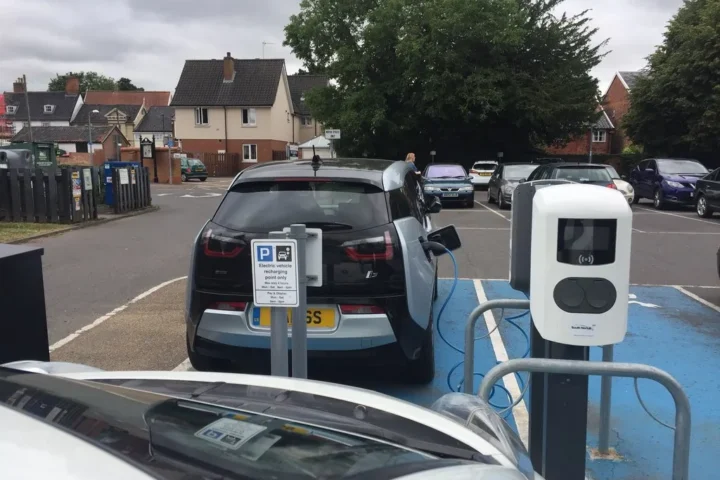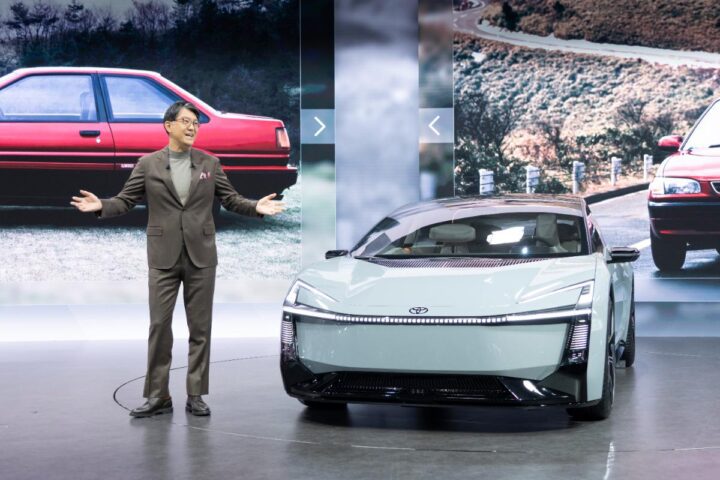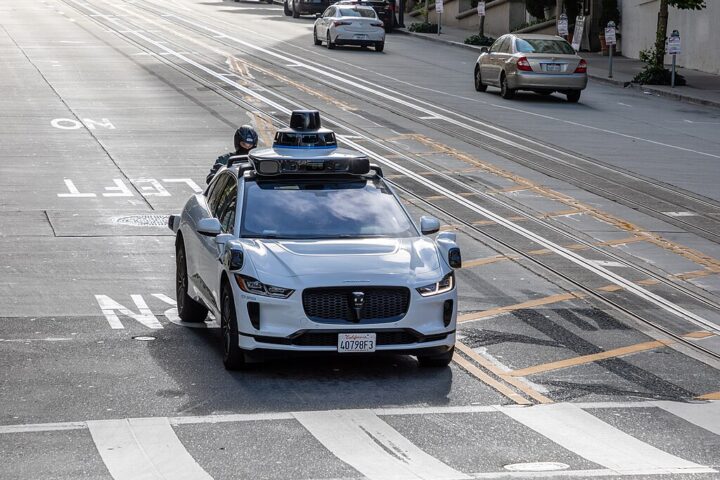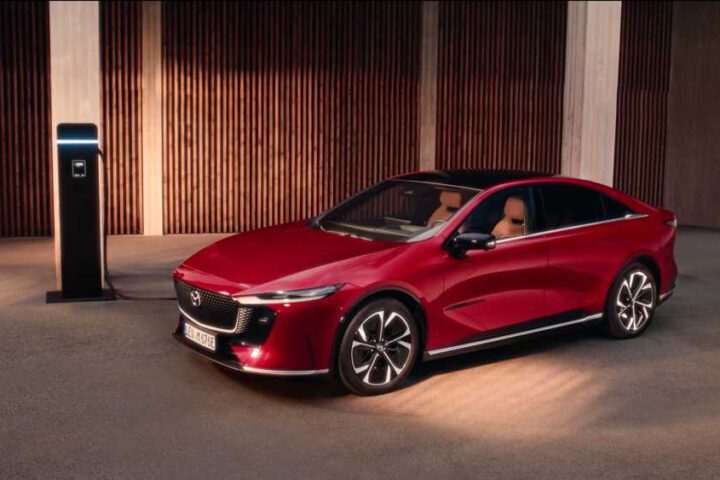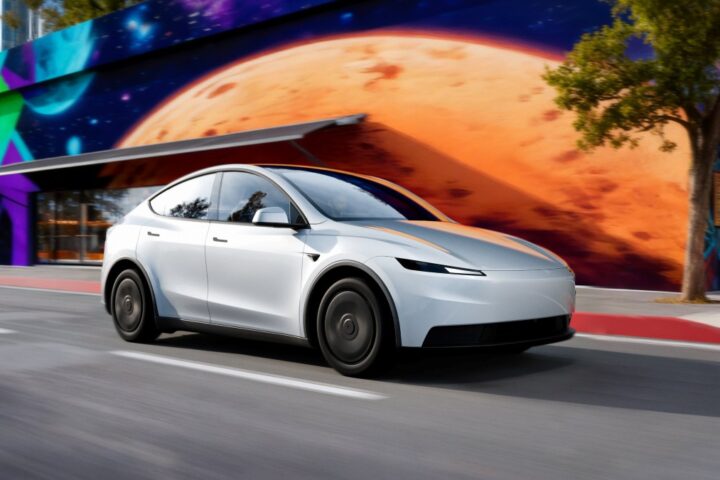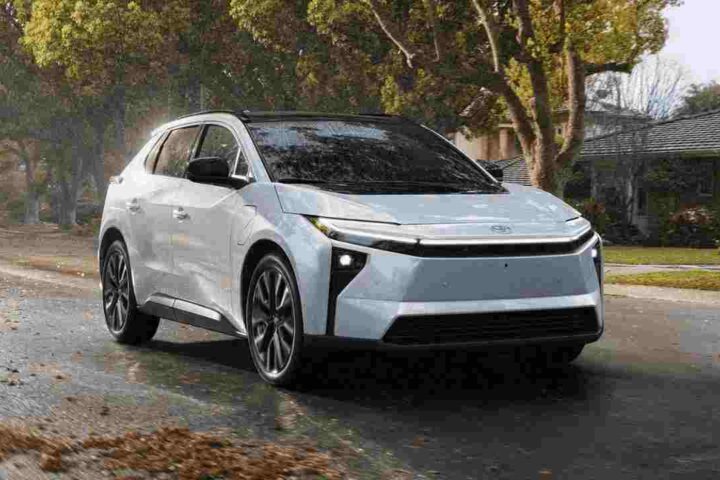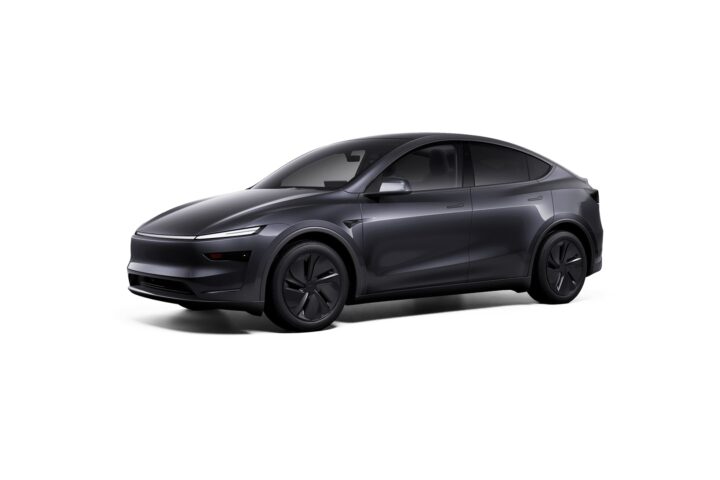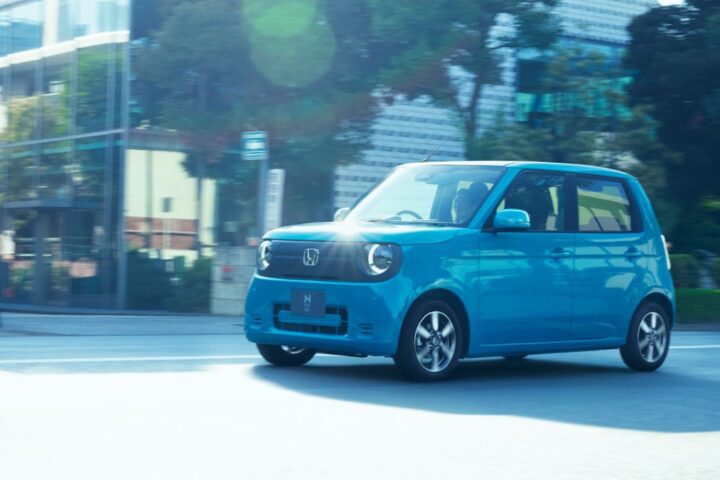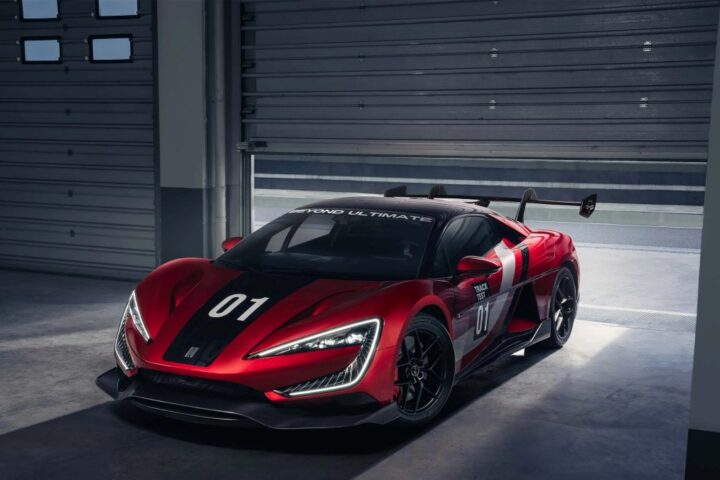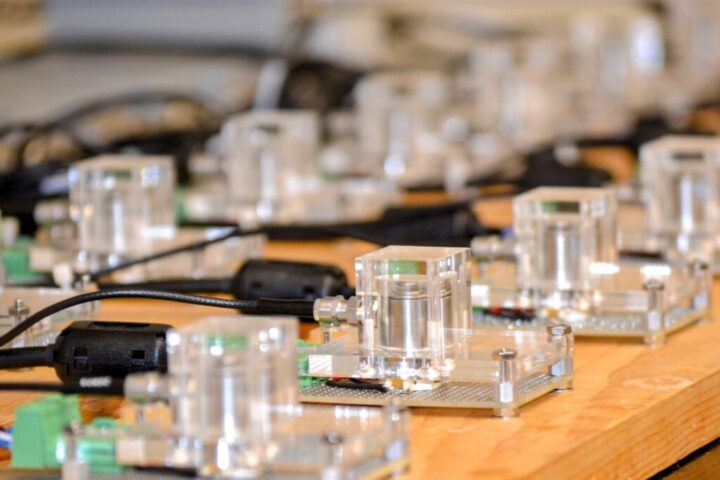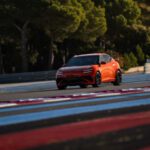New test results show Volkswagen’s electric cars hold up remarkably well after years of heavy use. After driving an ID.3 electric car for four years and over 100,000 miles (160,000 kilometers), the battery still kept 91% of its original power.
This finding comes from a rigorous test by ADAC, Germany’s largest automobile club. They pushed the car to its limits, using high-speed charging more than 40% of the time and often leaving it fully charged for days—practices usually advised against for battery health.
“A high battery capacity of over 90% after 160,000 kilometers confirms that our ID models are also very attractive as used cars,” said Martin Sander, a Volkswagen Board member responsible for Sales and Marketing.
Volkswagen only guarantees its batteries will maintain 70% capacity after eight years or 100,000 miles. The ID.3 significantly outperformed this promise, losing just 9% of its original battery capacity.
Even more surprising, the car’s range barely changed. At the start of testing, the 77 kWh battery delivered 272 miles (438 km) of real-world driving distance. After four years of tough use, it could still travel 264 miles (425 km) on a full charge—a loss of just 8 miles.
The ADAC test also showed that electric cars can actually improve over time. Regular software updates during the four-year period boosted the car’s efficiency from 3.11 miles per kWh to 3.4 miles per kWh. One update even increased the maximum charging speed from 125 kW to 170 kW, cutting charging time.
These updates made a significant difference in how the car performed in challenging conditions like short trips and cold weather, where electric vehicles typically struggle with efficiency.
Beyond battery health, the car’s overall condition remained strong. After 100,000 miles, the chassis, suspension, steering, and body showed no significant wear or problems, according to ADAC testers.
MORE POSTS
This durability has major implications for the used electric car market. As one of the first large-scale, long-term tests of modern electric vehicles, the results suggest that fears about rapid battery degradation may be overblown.
Industry-wide data supports this trend. Recent studies show that modern electric vehicle batteries now degrade by only about 1.8% per year on average, improved from 2.3% a few years ago.
For car buyers concerned about the long-term value of electric vehicles, these findings offer reassurance that today’s EVs can maintain most of their range and performance even after years of heavy use.
The ADAC test makes one strong recommendation for all electric vehicle owners: always install software updates. These not only fix bugs but can actually improve the car’s efficiency, range, and charging speed over time—something impossible with traditional gasoline vehicles.
